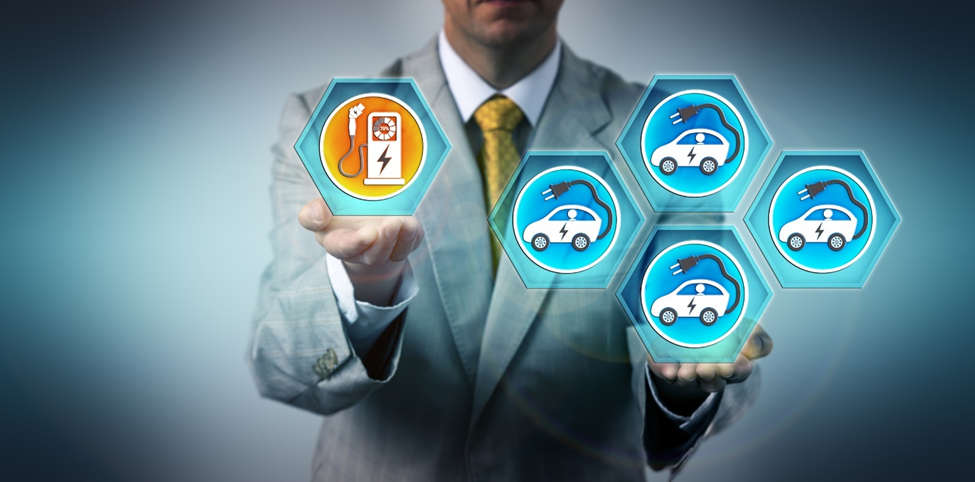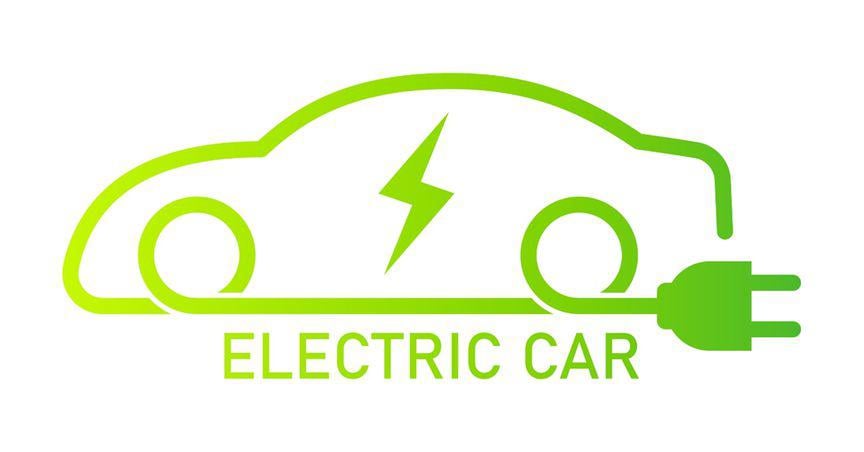Highlights
- Electric vehicle (EV) is a non-conventional way of transport, which can help users save money as well as reduce carbon emissions.
- Providing Aussies an easy access to electric vehicles can also turn out to be a good measure for controlling the cost of living.
- Apparently, some developments of late reflect that the government has started thinking seriously about cleaner vehicles.
- A discussion paper on the National EV Strategy and fuel efficiency standards is likely to be announced next month.
- The government is investing in building a national EV charging network, which will make charging stations easily available on major roads.
Recent years have seen the growing strength of the automotive sector with developments related to electrification. Electric vehicles (EVs) have started gaining more attention far and wide for its higher efficiency, reduced fuel costs, less maintenance, fuel security, reduced traffic noise, and air quality improvements. Unnerving concerns related to climate change have further accelerated the need for the adoption of electronic vehicles over transport means driven by fossil fuels.
As per a report by Australia’s Electric Vehicle Council, sales figures of plug-in EVs surged from 6,900 in the year 2020 to more than 20,000 in 2021. Out of the total market of new cars, EVs now account for a 2% share, which was marked at just 0.78% in 2020.
While growing sales figures are a positive sign, various aspects may hinder the growth of EVs in the future. In this article, we will see if electronic vehicles are ready to take over roads in Australia.
Why do we need to switch to cleaner vehicles?
Australia’s National Greenhouse Gas Inventory report states that in 2021, emissions were recorded at 488.0 million tonnes (MT). This represents an increase of 0.8% or 4.1 MT over 2020.
A transition from petrol-fueled to electric vehicles can help users save money as well as lower carbon emissions. This is one reason individuals and governments across the world have started thinking seriously about cleaner vehicles to curb climate change.
The newly elected government has set a target to decrease emissions by 43%, below the year 2005 levels by 2030. The commitment has been made in order to keep Australia on track to achieve net-zero emissions by 2050.
 Image Source: © Leowolfert | Megapixl.com
Image Source: © Leowolfert | Megapixl.com
Federal government’s approach to boosting electric future
The Minister for Climate Change and Energy, Chris Bowen, posted recently, “Australia is missing out on affordable electric vehicles as manufacturers send affordable EVs to other countries, which require them under law. More EV choices would be good for emissions and the cost of living. Yesterday, I kicked off the Albanese Government’s EV strategy consultation.”
He also highlighted that Australia was experiencing significant cost of living challenges, and giving Australians better access to EV options which allow them to never lift the nozzle on a petrol pump again, was a good cost of living measure.
Chris Bowen also recently revealed that a discussion paper would be put out next month related to the National Electric Vehicle Strategy as well as fuel efficiency standards.
What is obstructing the current momentum towards e-mobility?
Australia has a great transformational potential to be established as a powerhouse of EV transports and fulfil the growing demand. Still, the goal gets ditched because of weak commitment towards a widescale adoption and implementation of a national policy that supports electric future.
When it comes to electric vehicles, consumers in the United Kingdom can choose from 26 low-emissions vehicles under $60,000, while in Australia, there are eight EV models priced under that range. The use of advanced low-emissions vehicles is reported at 2% in the country, which is around five times lesser than the global average.
To match the global pace, there is a need that the Australian government takes a proactive role and lends strong support to the electric vehicle manufacturing industry by offering tax incentives. The government must announce policy amendments that pull in a greater number of international vehicle manufacturers to set up a manufacturing base in Australia.
The journey towards a cleaner future has begun…
Several measures are being taken to give Aussies the most efficient transportation options. The federal government is putting in huge investments in building a national EV charging network. It will include establishing a chain of charging stations on major roads. The govt is forging ahead with its plan to create a Hydrogen Highways refueling network nationwide. There are plans to look forward for a Low Emission Vehicle target for the Commonwealth fleet of 75% of new leases and purchases by 2025.




